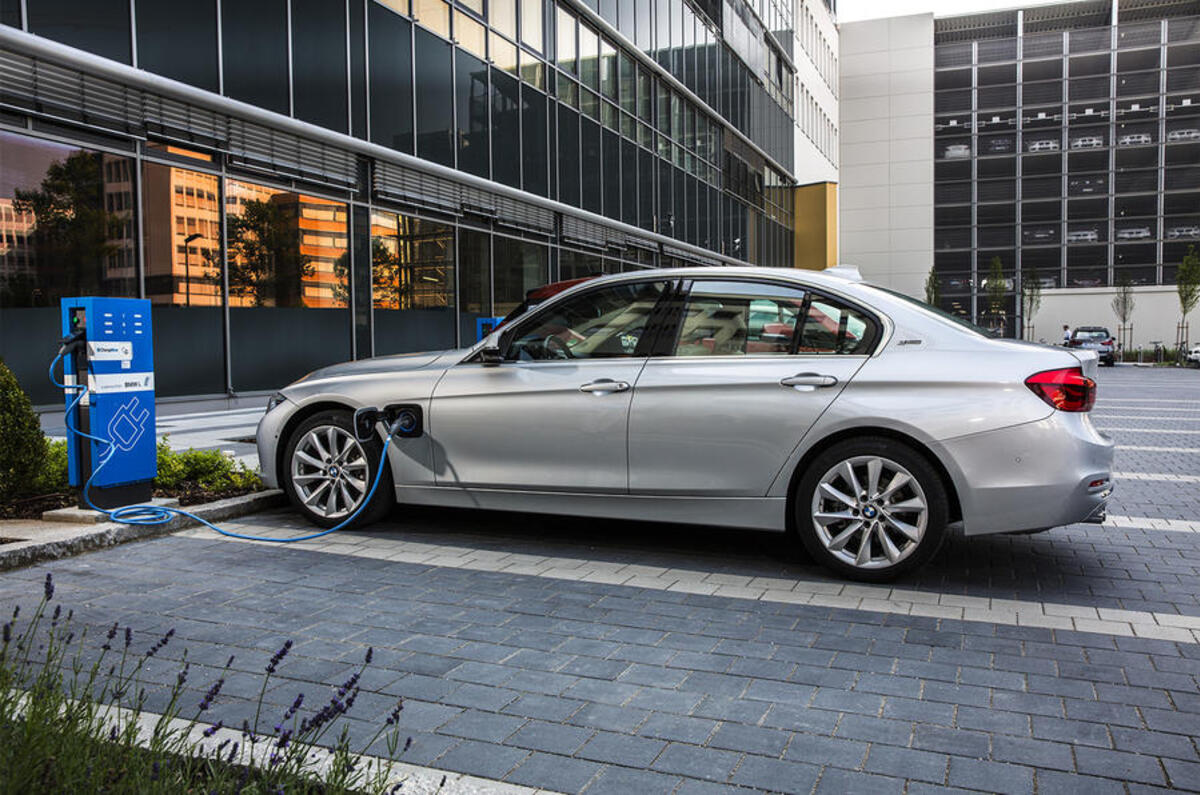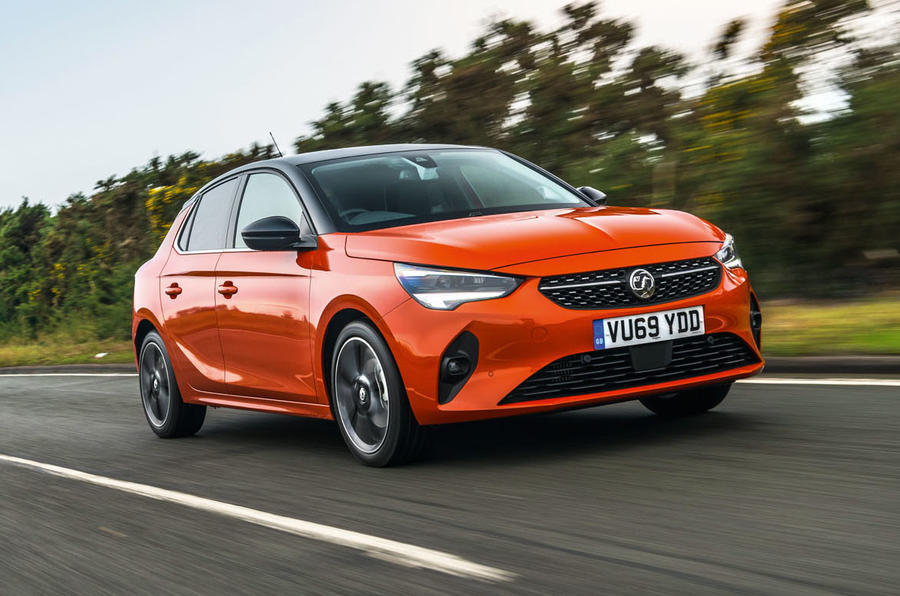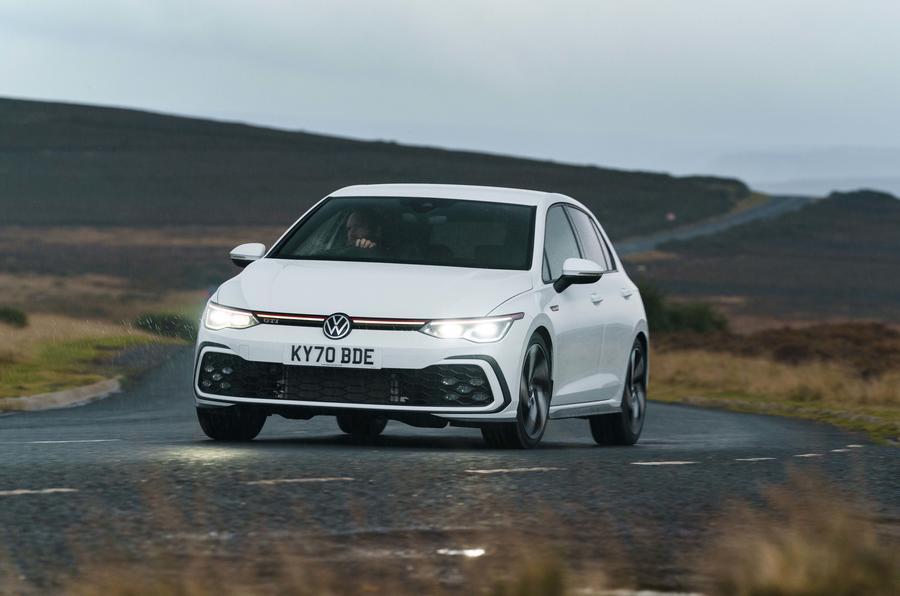Choosing a new set of wheels is rarely an easy process, but that decision-making becomes all the more complicated if you’re a company car driver, because it also impacts your tax bill.
If your employer provides you with a car for business use but you’re able to drive it outside work hours (and yes, that includes commuting), HMRC classes this as a benefit-in-kind (BIK).
This is a catch-all term for any workplace perk provided in addition to your salary, and these are also taxable.
Company car tax bands are usually adjusted every year and, since 2002, the system has been designed to influence drivers to choose the most fuel-efficient vehicles. Those incentives helped fuel the ‘dash for diesel’ during the 2000s and, with 720,000 company car drivers in 2021/22, they’re now driving the market for plug-in hybrids (PHEVs) and electric vehicles (EVs).
Despite the jargon, calculating your company car tax bill – and keeping it low – is a lot easier than it looks. Here’s what you need to know.
How does the company car tax system work?
For most drivers, it’s a seamless process. Company car tax is usually deducted from your monthly wages as a BIK payment, so you’re unlikely to face a hefty bill at the end of the year. However, the size of that monthly payment varies enormously.
Every company car has what’s called a taxable value, which is unique to that car. It’s calculated as a percentage of the list price (or P11D value), weighted according to its tailpipe CO2 emissions and, for PHEVs, electric-only driving range.
The list price includes optional extras, VAT and delivery charges but not the registration fee or the first year of vehicle excise duty (VED, or road tax). It’s also fixed for life, so it doesn’t reflect discounts for new cars or the lower price of a used one.
BIK is paid as a percentage of that taxable value in line with your income tax band (20%, 40% or 45%, unless you’re in Scotland, which has different rates), and that annual figure is then split equally across your pay packets.
For example, a 20% income taxpayer would be liable for 20% of the vehicle’s taxable value per year.
The cheaper the car and the lower its CO2 emissions, the lower the tax bill.
Which tax band does my company car fit into?
The starting point is finding out how much CO2 your car emits – and, if it's a PHEV, its electric-only range. Your fleet manager or vehicle supplier should have that data.










Join the debate
Add your comment
Well you covered the tax side, but the company car position is a bit more complicated than just tax, you need to look at the whole cost relative to the drivers usage and situation.There is the companies method and rate of fuel reimbursement, does the company allow the driver to 'trade up' or 'trade down' by additional payments/refunds (deductable from tax if applied as a private use contribution PUC) or liable for tax if paid out the driverOn the face of it, EV's look a no brainer tax wise. But they are expensive so may require the driver to contribute to be able to have one which may negate the neglible tax some way. Such contributions can be tax deductable in an ordinary car, but there isn't any tax to deduct from on an EV!Fuel reimbursement rate are quite poor vs real electricity cost for EV's currently and higher mileage drivers who need to use public chargers will be substantially out of pocket each time.
Also the tax situation gets really complicated for people offered a cash alternative.. but that is another story!
In short, company car tax is a ridiculously, needlessly complicated system which basically forces drivers into an EV. Given that company cars were introduced as a way of supporting a growing domestic motor industry, perhaps now is a good time to abolish the whole system and let employees sort out their own transport?
There had actually been a movement towards employees running their own transport a few years back, cash taker/car allowances for those needing to travel for work.But then litigation culture and elf'n'safety put it all into reverse and made more employers offer only company cars again.Basically, the law considered (in test cases) employers to have a duty of care to employees travelling in the line of duty for the employer, even if travelling in their own vehicle. Senior management became risk adverse to possibly doing jail time because Pete's wheels fell off his shed on wheels and he died. Its intrinsically difficult to ensure employees only buy suitable personal vehicles and maintain them properly.So they off loaded responsibility to lease companies to run fully managed vehicles so if an incident went to court they had the defense they had taken all due care by making sure the employee had a vehicle with limited age and mileage and fully maintained, adding a buffer of responsibilty inbetween them and court in the lease company.